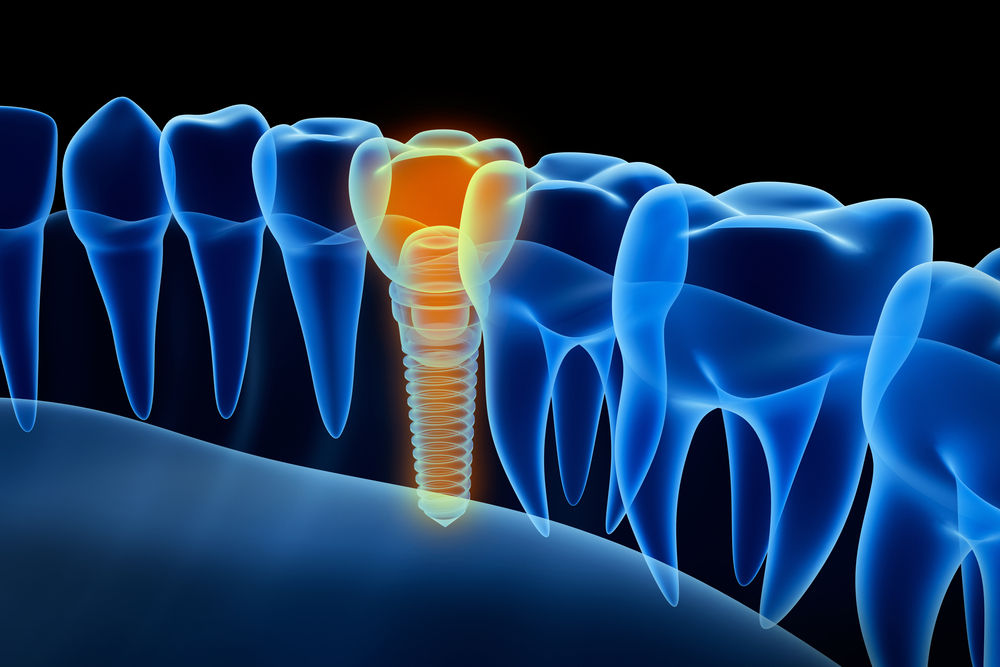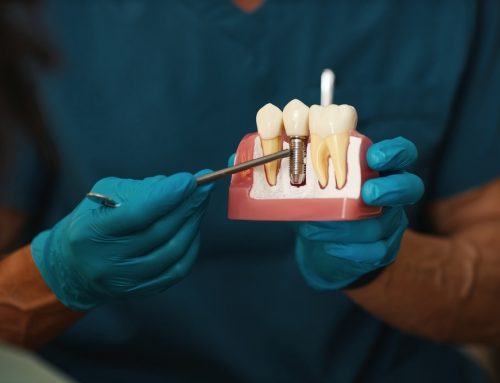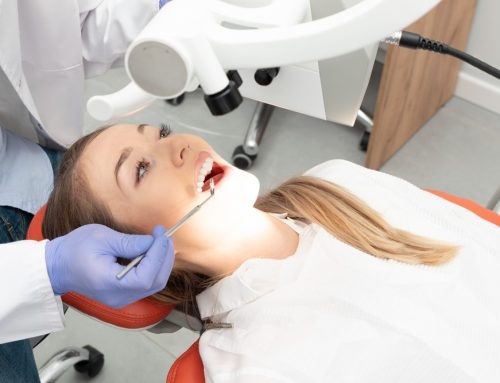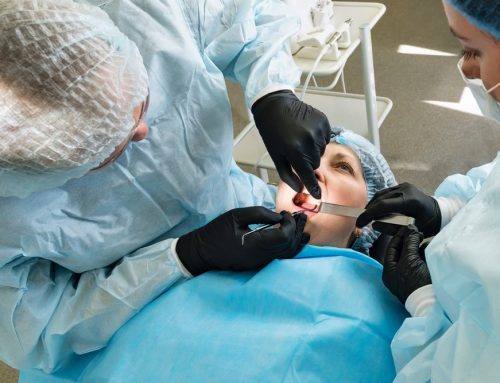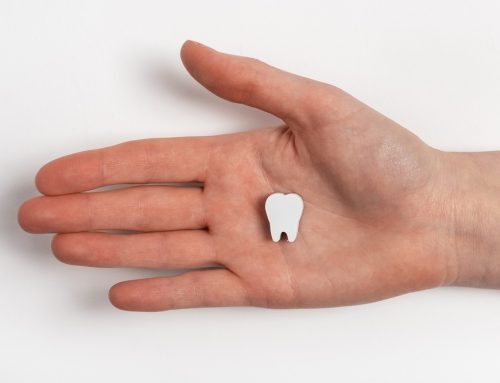Whether we have a few missing teeth or a completely healthy mouth, you probably have heard of dental implants. You may have seen a diagram of it or, or simply know someone who has it. The science behind dental implants is entrancing, and understanding them can help you know your options in case the day comes where you need to replace a tooth. This blog will go over how dental implants work and what to expect if you get one.
A Superior Class of False Teeth
For centuries, prosthetic teeth have been the type that fits over the gum and barely stays in place via suction and mere willpower. However, about 30 years ago, we discovered that it was possible to replace an entire tooth, crown, and root! This method better duplicated the feeling of natural teeth. How is this possible? It’s because of the way our bones grow. People tend to believe that once we’re adults, our bones stop growing. However, that’s not true. Bone is a living tissue, and it’s constantly in the process of building up or breaking down. When bones break, they grow back when properly stabilized and reset. The only catch is that it requires time to happen.
How Are Dental Implants Placed?
Dental implants are placed via the small holes drilled into the jaw. The majority of implants look like screws due to their beveled surface, which offers small crevices for new bone tissue to grow into. Within 3 – 4 months after the implant, new bone tissue will slowly form around the implant, thus stabilizing it and completely fusing with the jaw bone. This is called osseointegration. When this process is complete, the implant becomes as stale as the natural tooth root, and the prosthetic crown can be attached.
How Are Dental Implants Used to Replace Teeth?
When it comes to missing teeth in an otherwise healthy mouth, a single tooth can be replaced with a fixed implant-and-crown. People with three consecutive teeth missing can get two implants to support a bridge construction. Partial dentures can be attached to two or more implants. A full arch denture can be attached to four implants. Implant-supported implants offer a load more of benefits than traditional dentures. They feel almost natural, they stay in place while you eat, and also prevent jawbone loss over time. They allow for both an easy removal with a fitted snapping mechanism and remain firm while eating resistant foods like apples.

What Are the Requirements for Dental Implants?
Patients with good oral and overall health can get dental implants. People who are interested in dental implants will have to get their dental and medical history checked to then be able to be considered a good candidate for this treatment.
Some patients may require medical procedures before undergoing implants for a variety of different reasons. When teeth are lost, the body slowly begins to break down the jawbone. This is why you see many older people who wear dentures with that “shrunken chin” look. For patients that have gone without teeth for a long time, bone grafting may be necessary to boost bone mass before the jaw can support any implants.
In rare cases, a patient’s facial anatomy may impede dental implants due to the position of their sinus cavity. When 3D facial scans reveal that an upper implant may intrude upon the sinuses, then a sinus lift procedure may be recommended.
What Should I Expect with Dental Implants?
As previously mentioned, bone growth takes time. That is why the timeline for getting dental implants can go from three to six months in length. The actual implant surgery is quick and straightforward. However, the implant must first go through the process of osseointegration before it is stable enough to hold a prosthetic tooth/denture. During the months after the implant surgery, the patient must rest, get adequate nutrition, and take really good care of their bodies to promote bone building and healing. Once the dentist determines that the implant is properly fused with the jawbone, can the prosthetics finally be made.
Whether you have one missing tooth or a couple here and there, dental implants can bring back your smile with the comfort and ability similar to that of natural teeth. We hope this blog helped you see how dental implants work and what to expect if you get one. If you’re thinking about getting dental implants, feel free to contact us to see if you’re a good candidate. Give us a call at (619) 444-1001 or click here to book an appointment today! We are located at 707 Arnele Avenue, El Cajon, CA 92020.

